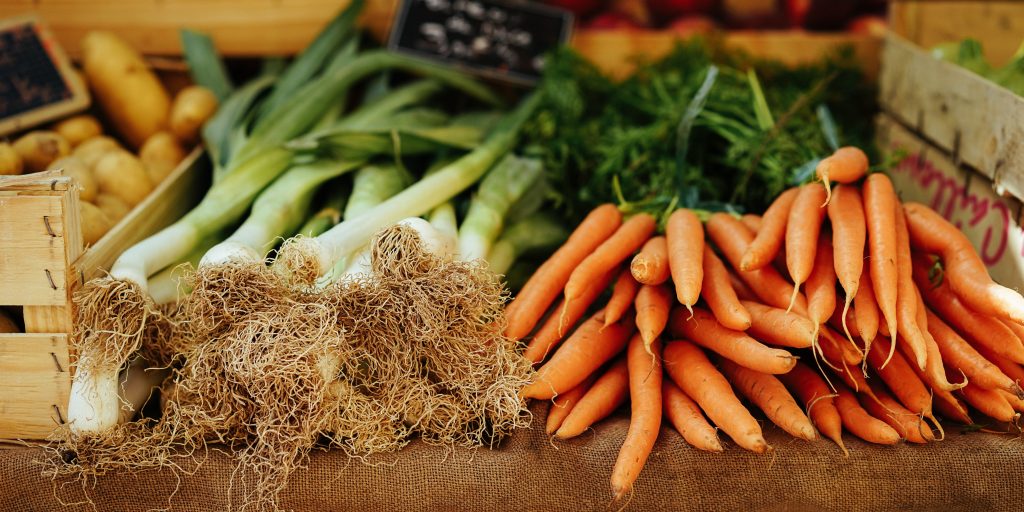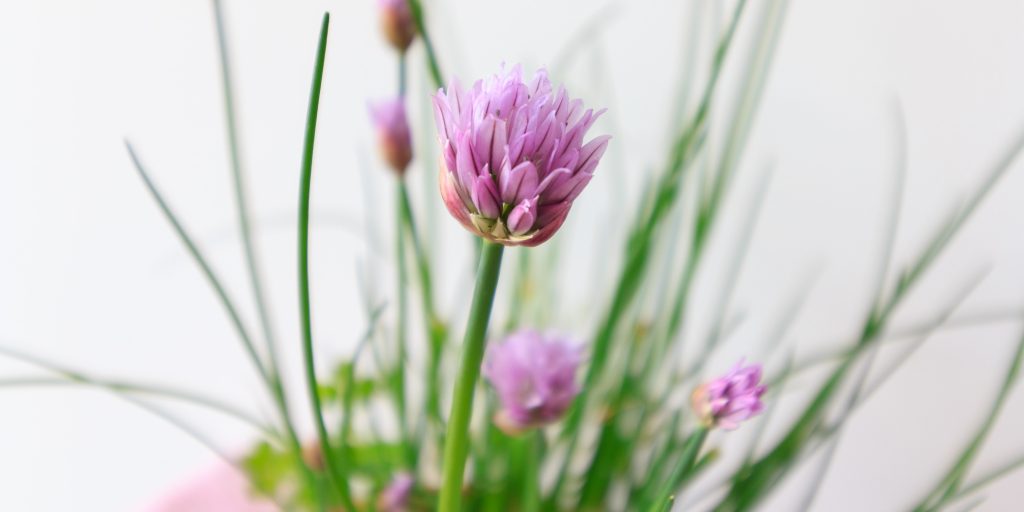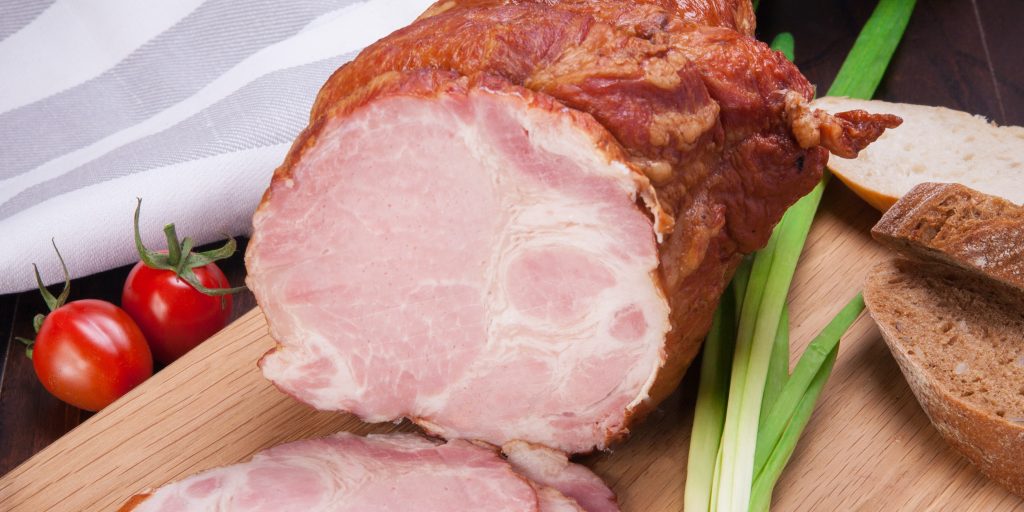
Local Pumpkin Flavors
Pumpkins taste a lot like winter squash, with an earthy, sweet flavor. Some pumpkins are bitter and less tasty. All of them are edible!
Not all pumpkins are worth eating. Some are too hard to cut and peel. Some don’t taste as good. Those grown for carving might not be worth the effort of eating because they are thin fleshed.
Pie, sugar, cheese and kabocha are a few types of local pumpkins that are great for savory and sweet dishes. They are easy to find, easy to peel, and taste good.
At your local farmers market, you may find many varieties of local pumpkins available. Ask for your farmer for recommendations for the best ones to eat!
Pumpkin spice does not have pumpkin in it! Every fall, new pumpkin spice flavored items arrive, but they have no pumpkin in them. Pumpkin spice is a blend of nutmeg, cinnamon, ginger, cloves, and allspice.
Pumpkin spice is added to pies, which is how most people are accustomed to eating pumpkin. They miss out on all the delicious savory pumpkin recipes out there. Pumpkin stores so well it is worth finding new ways to prepare it.
Canned pumpkin is often a mix of different squashes – butternut, golden delicious, hubbard. Check the ingredients list to see what you might be buying.
Fresh baked or roasted pumpkin is sweeter than canned pumpkin. It has a more velvety texture, while canned pumpkin has a thick cottage cheese-like texture.
Some recipes use pumpkin and sweet potatoes interchangeably but in reality pumpkin is more savory. When looking for ways to use pumpkin, look up winter squash recipes as well, as they are very similar ingredients.
Pumpkins last a long time because of their tough outer skin. This skin is not good to eat. To remove it, cut a pumpkin in half, remove the seeds, then peel the skin away.
To roast pumpkin with the rind on, cut it in half and remove the seeds. Then roast your local pumpkin, cut side down. After it has cooled, scrape out the pumpkin flesh and enjoy.
Pumpkin is good with sage, thyme, rosemary, parsley, oregano and marjoram. You can also try ginger, cumin, turmeric, chili powder and curry.
Growing Local Pumpkins
Pumpkins have been grown in North American for over 5,000 years. Like squash, pumpkins are a vining crop. Larger pumpkin varieties can grow vines up to 25 feet long!
Pumpkins grow to maturity in 100-120 days, longer for larger varieties. They are both thirsty and heavy feeding plants. They are ripe when all orange (if an orange variety) and you can’t puncture the rind with your fingernail.
Plant pumpkins in early June. They need a lot of space for vines to sprawl. Smaller pumpkin varieties can be trained up trellises.
Prune pumpkins once a few fruits are growing so the plants put energy into the fruit rather than more vines.
Squash vine borers are a big problem in Maryland. They lay eggs in the stems and the larva kill the whole plant rapidly.
Try removing the borer larva by cutting plant stem lengthwise where you see damage. Use row covers to thwart the pests (and hand pollinate the flowers). Try using Bt, an organic pesticide.
Pick pumpkins by cutting the stem and leaving a few inches on. Let the pumpkins cure for a week in the sun so they toughen up their skins and store better.
Local Pumpkin Varieties
Pumpkins come in all kinds of colors, sizes, and shapes. You may find orange, red, blue, white, or green local pumpkins. They can be oblong, enormous, short, fat, tiny. Some are bumpy and warty.
Different varieties have different flavors. Ask your farmer about which ones are best for eating, for displaying, for carving, and for storage.
You may also find hull-less pumpkins. These grown pumpkin seeds without the hull, so you can easily roast the seeds and snack on them.
Storing Local Pumpkins
The easiest, cheapest, and fastest way to store local pumpkins is by giving them the right temperature and humidity requirements inside your home.
Root cellar technology is a great passive way to store foods long term without electricity. If you can find a dry place that stays 45-50 degrees Fahrenheit, you can store pumpkins all winter.
Pumpkins above 55F get stringy, so if you can’t quite get below 50F, you can still store them for a while. Look at your unheated attic, can you put them there and vent to warm it as needed?
Though they don’t need a lot of humidity, pumpkins will shrivel if they are too dry. Try to keep them at 60-70% relative humidity.
Alternatively, you can pressure can your local pumpkin, or freeze chunks or purees of it. Freeze roasted pureed pumpkin in plastic bags, laid flat to freeze.
You can also dry pumpkin puree. After roasting, puree it, then dry it to brittle in a dehydrator at 125F, about 12-14 hours. Grind it into a powder, and add a 4:1 ratio of water to powder to rehydrate. Use as regular puree in recipes.
Local Pumpkin Recipes
Traditionally, you see pumpkin put into delicious pies and into muffins and quick breads. You can also make pumpkin cheesecake and pancakes.
If you want that pumpkin spice flavor, but with actual pumpkin, you can make some Pumpkin Pie Smoothies.
Try making Pumpkin Chili, Pumpkin Sausage Soup, or Pumpkin Lentil Soup. There are curries and stuffed pumpkin recipes as well.
In addition, look for recipes using winter squash and try substituting pumpkin in them. Or sweet potato recipes, though pumpkins aren’t quite as sweet.
Pumpkin Trivia
Pumpkins were not the original Jack O’Lanterns!. Originally, Jack O’Lanterns were an Irish tradition, and were made with turnips. Sometimes beets or potatoes were used.
When the Irish brought the tradition to the United States, they found pumpkins, and decided they were a great option for carving their Jack O’Lanterns!





